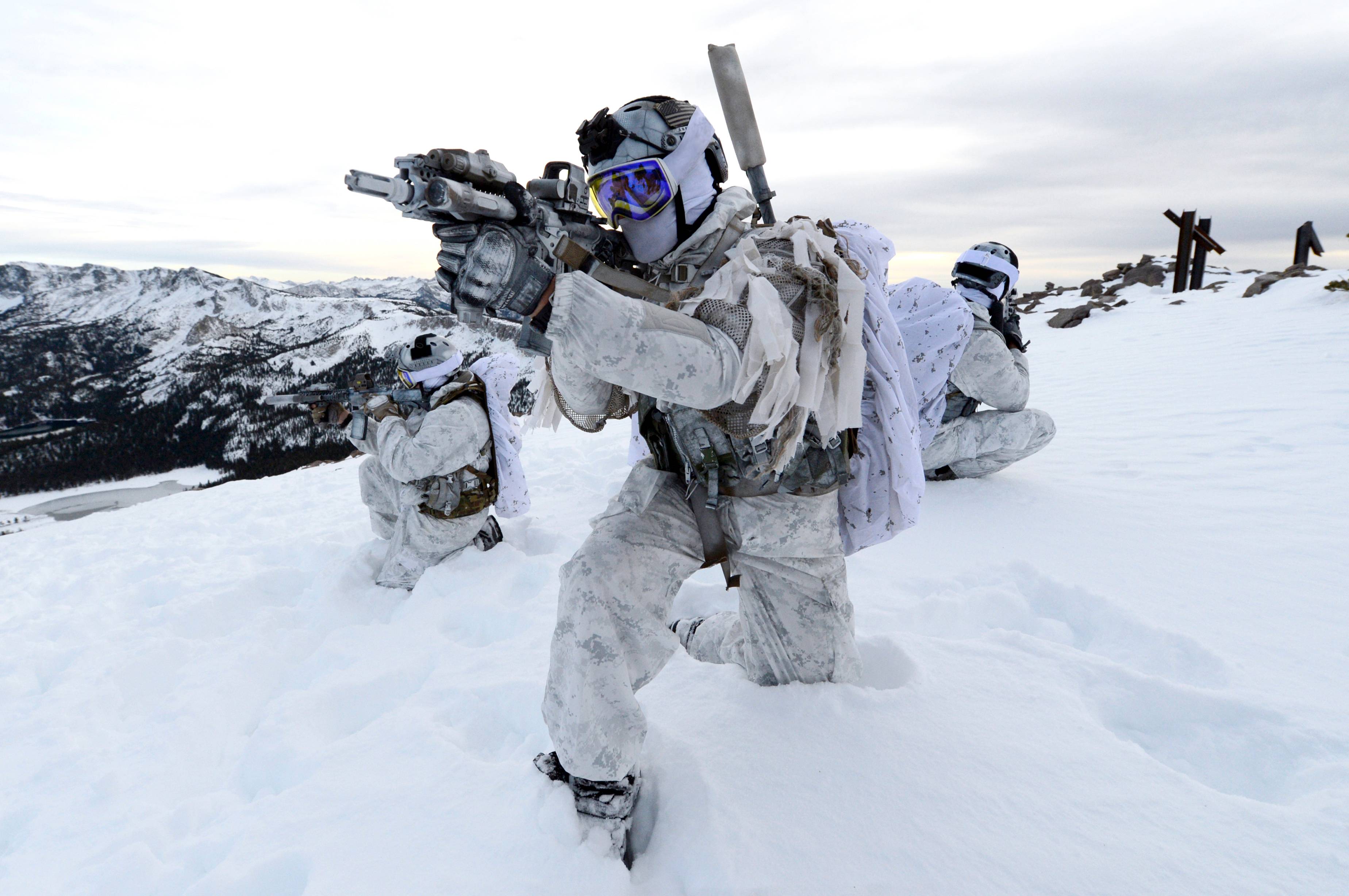You’ve spent your time researching, getting a tag, scouting, hunting and are finally successful with your first bull elk. Smiles, hugs, photos, and celebrations slowly give way to the daunting task of the 650lb pound animal laying at your feet. What’s next?
Method
The “how-to” on field dressing an animal will be an eternally heavily debated topic. I’m certain every experienced elk hunter that reads this would have something to critique or something to add, but you can’t please everyone. You just have to do what works best for you, and your situation.
I personally prefer the “gutless” method, as the majority of the bull elk I kill are several miles from the truck in very rugged terrain. The gutless, de-boning, method allows me to take out every ounce of good meat (including the heart) without having to deal with the internal organs.
Tools
There are several crucial items to have in your pack at all times in the event you punch your elk tag. Here’s some of my top items:
1) Replaceable blade knife, I prefer the Outdoor Edge RazorSafe. These blades are extremely sharp, and I do 99% of the field dressing with 4-6 blades. Also bring a quality fixed blade knife.
2) Paracord, enough to hang all 4 quarters once removed. Can also be used to tie up the elk as you’re quartering.
3) Game bags/socks for the meat. I carry one for each quarter, and one for loose meat, 5 total.
4) Small tarp or plastic sheet. This gives a clean dry area for the meat while you remove it.
5) Rubber gloves. 20-year-old me would’ve laughed, but you have an extensively better grip without slippery bloody hands. Plus, you stay clean, and in freezing temperatures it can extend the dexterity in your fingers while holding a stainless steel razor blade.
Quartering
Terrain, vegetation, and position can make starting to quarter an elk extremely difficult. When possible, move the elk into a position you’ll be comfortable working. Start with a long slice from just above the top of the tail, all the way to the middle of the neck. Do your best to always cut from the inside out and make every single effort to keep as much of the hair and debris off the meat as possible. Skin the hide down the top of the rib cage exposing the backstraps. Remove the backstraps cutting first straight down along the spinal column, sliding along the top of the ribcage (do NOT poke through the ribs). Then from the top, just in front of the front shoulder joint, start cutting under the backstrap, lifting it as you cut.
Have a gamebag ready for the loose backstraps. Continue skinning the hide down the side of the elk, around both quarters on the side you’re working on. I like to attach paracord to the quarter, just above the knee, while it’s still on the elk. Cutting along the rib cage into the front shoulder, continue lifting the quarter and slicing along the “armpit” until the quarter is free. I do one wrap around a tree branch to hang, and then pull the rope under itself and tie a half hitch to hold it.
On the rear quarters a similar cutting process is done. From near the anus, you’ll cut along the hip joint, wiggle the quarter in and out from the body as you cut to find the hip socket. You’ll have to cut around to get all the tendons attaching it, I prefer a fixed blade for this section. Moving the quarter in all directions will show where you need to keep cutting to release it.
Be careful not to puncture the stomach bladder here, taking deliberate, short strokes. Same hanging process as the front quarter. Before rolling the elk over, remove the rib meat. Cut flat / along the edge of the most forward rib you can access, then down the inside edge, and flat again along the next rib. (Several good “rib roll” videos online). This is typically a very good sheet of meat on a healthy mature elk.
To get the heart, take your fixed blade knife and cut along the base of two of the ribs to disconnect them from the sternum. (A few good boot stomps will also suffice). Use one hand to hold the heart, and the other to cut around it. Slow, deliberate cuts are crucial. Then, skin the rest of the neck down, and cut out the neck meat. Avoid going too far up the neck towards the head, as there gets to be more tendons. Cut a line down to the bone/cartilage as high up as you wish to go. Then, cut in from the top, similar to the first backstrap cut. Continue cutting down, peeling the neck meat section off.
It should now be relatively easy to roll the bull onto the other side to repeat the process. When that is done, roll the carcass onto its belly, it’s time to get the tenderloins. When possible, point the carcass facing downhill, allowing the organs to roll forward. Making a small incision off the last two floating ribs, you’ll be able to reach in and feel the tenderloins on the bottom side of the spinal column against the upper section of the ribcage.
Much of this muscle can be pulled away with your hands, feeling the connective tissue and prying it off. For the rest, carefully work your knife into the connective areas and cut it free. Be warned, you will be fighting any fatty tissue the elk has, as well as its stomach contents.

De-Boning the Meat
With the quarters hanging, it is much easier to debone the meat. Place your gamebag under the quarter, so it’s ready to catch the meat as you remove it. I prefer to use game socks, and roll the sock partly up the quarter, so the bottom is already covered. On the front quarter, find the long thin blade on the scapula. Cut along both sides of the blade, then skin the meat away from the shoulder blade on both sides, following all the way around the back. Continue peeling and cutting the meat away from the bone.
At the elbow, cut around the base of the shoulder removing the meat above the elbow. Below the elbow, is the very tendon filled shank. Cut a line down the shank, and then cut along the bone all the way around peeling the shank away. On the rear quarters, you’ll cut directly below the ball joint down along the femur all the way to the next joint. The goal is to remove the meat from the bone, while cutting through as little of the major muscles as possible. The cut directly along the femur, working all the way around it. This should be cleaning the femur with little to no meat left along the bone.
On the rear quarter, you can continue down below the next joint without removing the upper meat. On the lower portion, follow the muscle group distinctly attached to the bone, follow where the red meat meets the while tendon protecting the bone. All the way down that line, then again cut around the bone peeling the muscle down as you go. Cut through the “Achilles tendon” a few inches above it.

Meat Care
Especially in the early season, some of your hunts may be over 50 degrees in the daytime. You’ll want to get the hide off the meat, and then the meat off the bone, as soon as possible. Once the meat is in the gamebags or socks, quickly hang it in a shaded area. Take time to isolate a spot where the meat will be shaded as much of the day as possible. Do not put your elk meat in plastic bags or stick it in water to cool it. You want your meat to cool and dry as soon as possible. Even in temperatures upwards of 80 degrees, you should have around 48 hours to get your meat packed out and on ice if it’s deboned and hung in a shaded area.
When putting the meat in a cooler with ice, place the meat on top of the ice and open the drain plug on the cooler, so blood and water can drain to prevent the meat from getting wet.
Good luck, be safe and stay tuned. Next we talk about cooking the elk, and making jerky!




%201.svg)










